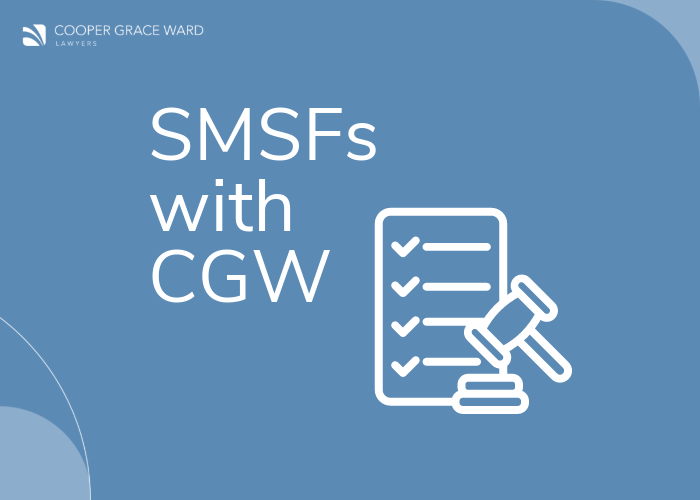Well, it depends. There are four tests for whether an individual is a tax resident of Australia under Australia’s domestic tax law. None of those tests are whether a person has ‘a spouse and a house’ in Australia.
The actual test for where a person ‘resides’
An individual who ‘resides’ in Australia is a tax resident under Australia’s domestic tax law. This is commonly referred to as the ‘ordinary meaning of the word resides’ test.
‘Resides’ takes its ordinary meaning. According to the case law, this means ‘to dwell permanently’ or have a ‘usual or settled abode’.
If a person is physically absent from Australia for long periods, such as when they are working overseas, you will need to consider whether the person has ‘retained a continuity of association with the place’ and ‘an intention to return to that place and an attitude that that place remains “home”’.
Some examples from the cases
In Harding v Commissioner of Taxation [2019] FCAFC 29, Mr Harding permanently departed Australia to live in Bahrain in April 2009. His wife continued to live in the same house on the Sunshine Coast, with the intention that he would join him in Bahrain in late 2011, after their second son finished high school. Mr Harding was assessed as a tax resident in the 2011 income year.
The Court concluded, both at first instance and on appeal, that Mr Harding did not reside in Australia, based on the ordinary meaning of the word ‘resides’. This was despite the fact that he had ‘a house and a spouse’ in Australia. His intention to move permanently to Bahrain, and the fact that he no longer considered his former house in Australia to be his ‘home’, were critical considerations.
However, a person who lives and works overseas, but returns periodically to Australia, and continues to treat their place in Australia as ‘home’, is likely to reside in both the overseas country and Australia.
The case law is clear that a person can reside in more than one place at the same time. However, a person may visit Australia (as Mr Harding did) without residing in Australia.
In Handsley and Commissioner of Taxation [2019] AATA 917, Mr Handsley departed Australia permanently in 2011. His former wife and children continued to reside in Australia, and Mr Handsley visited the children periodically. The Tribunal concluded Mr Handsley did not ‘reside’ in Australia. The Tribunal explained an important difference:
An absent parent (working overseas) who:
(a) is in a continuing relationship as life partner with the other parent of children living in Australia;
(b) provides for those children; and
(c) returns to Australia when possible,
stands in a very different position to an absent parent who:
(i) does not have day-to-day care of his/her children;
(ii) is formally separated or divorced from the parent who does have day-to-day care of the children of the former partnership; and
(iii) visits Australia from time to time to see her/his children for milestone events or holiday periods.
Even in a continuing relationship, as Harding shows, there may be times when a taxpayer departs Australia permanently, with the intention that the spouse and children will follow at a later date. The spouse’s residency is not determinative of the taxpayer’s residency. A similar analysis is relevant to when a spouse and children return to Australia permanently before the taxpayer returns.
Is there a double tax agreement?
In some cases, a taxpayer will live and work in a country that has a double tax agreement (DTA) with Australia. Where both the overseas country and Australia claim the person as a tax resident under their respective domestic laws, the DTA will generally contain ‘tie-breaker’ tests that deem the person to be solely the tax resident of one country.
The tie-breaker tests will generally only apply when the person is a tax resident under the overseas country’s domestic law. The tests for tax residence are generally not the same as obtaining permanent residence status. We often see taxpayers incorrectly conflate their immigration status with their tax residence status. If you are unsure, you should seek professional tax advice in the country where you are living and working.
The tie-breaker tests vary between DTAs. However, there may be circumstances where an individual resides in Australia under the Australian domestic law, is a tax resident of the country they are living and working in and is deemed to be solely a tax resident of that country because of the DTA.
Be careful of checklists
The ATO sometimes apply a ‘checklist’ of factors to consider whether a person is a tax resident. This ‘checklist’ approach was criticised in the Harding decision, and the Dempsey decision before that. There will certainly be factors that are relevant to testing whether a person ‘resides’ in Australia, but advisers should be wary that these factors (or some of these factors) are not incorrectly substituted for the actual law.
Be careful of private rulings
Private rulings can be valuable in certain circumstances. However, taxpayers and advisers need to be careful in the context of residency matters. This is because, if you obtain an unfavourable private ruling from the ATO, and then object to it:
1. you are limited to the facts and circumstances described in the private ruling – which may be different to what eventually happens in real life
2. the legislation prevents you from objecting to any underlying assessment.
This often creates a practical problem, because a taxpayer may want certainty before deciding whether to accept an overseas employment offer. At that early stage, the taxpayer may not have all the details of their future home or life overseas. There is generally much better evidence of a taxpayer’s home and life overseas, and broken connections to any former home in Australia, once they have lived overseas for a reasonable period of time.
For a quick rundown of the topic, watch the view below:




